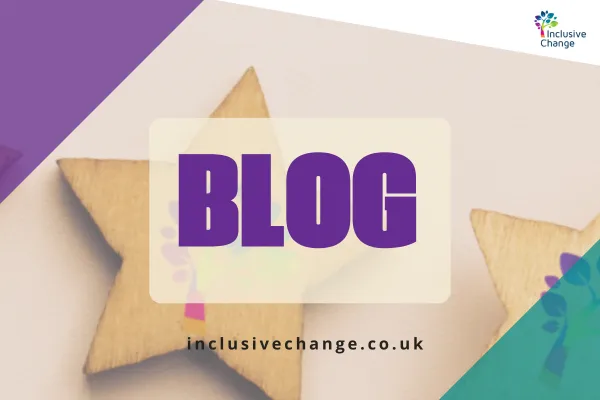
Making Open Offices Work For Everyone
Making Open Offices Work for Everyone: A Guide to Productivity in Diverse Workspaces
Step into any open office, and you’ll see a mix of personalities, working styles, and energy levels. There’s the deep-focus worker, tucked away behind a Do Not Disturb sign, tuning out distractions. Across the room, a creative mind is bouncing ideas off teammates, filling the space with energy and enthusiasm. Meanwhile, some employees thrive in the buzz of conversation, while others struggle to concentrate amid the constant movement and noise.
Whether these differences stem from neurodivergent traits or simply individual work preferences, one thing is clear: a single work environment doesn’t work for everyone. And when people don’t have options, productivity suffers—for themselves and those around them.
The Challenge of Open-Plan Offices
Open offices were designed to boost collaboration and flexibility, but without structure, they often create frustration and inefficiency. Common issues include:
🔹 Constant interruptions breaking deep-focus work.
🔹 Noise sensitivity causing stress and distraction.
🔹 Creative energy spilling over and disrupting others.
🔹 Lack of privacy for calls, meetings, or quiet thinking time.
For an open-plan office to be truly effective, it must support both collaboration and quiet focus—so employees can choose where and how they work best.
How to Create a Workspace That Works for Everyone
The solution isn’t getting rid of open offices, but rather adapting them. Providing different workspaces within the office—quiet zones, movement areas, collaboration spaces, and flexible workstations—allows everyone to be productive in their own way.
🔹 Need deep focus? Use quiet booths or noise-cancelling solutions.
🔹 Thrive in conversation? Head to a collaboration zone.
🔹 Struggle with restlessness? Try an active workspace with standing desks or movement areas.
🔹 Prefer structured time? Use Pomodoro timers, traffic light signals, and time-blocking tools.
When employees have the freedom to work in a way that suits them, the entire office benefits—better focus, reduced stress, and improved collaboration.
Want Practical Solutions? Download the How-To Guide!
We've put together a step-by-step guide on how to create an office environment that boosts productivity for all working styles.
📥Download the guide here to explore:
✔ Practical zoning ideas for your office.
✔ The best tools to manage focus and collaboration.
✔ Simple ways to increase workplace inclusivity for neurodivergent and neurotypical employees alike.
By embracing different working needs, companies can unlock higher productivity, greater job satisfaction, and a thriving workplace—without forcing everyone into the same mould.
👉 How does your office handle different working styles? Let’s start the conversation!

